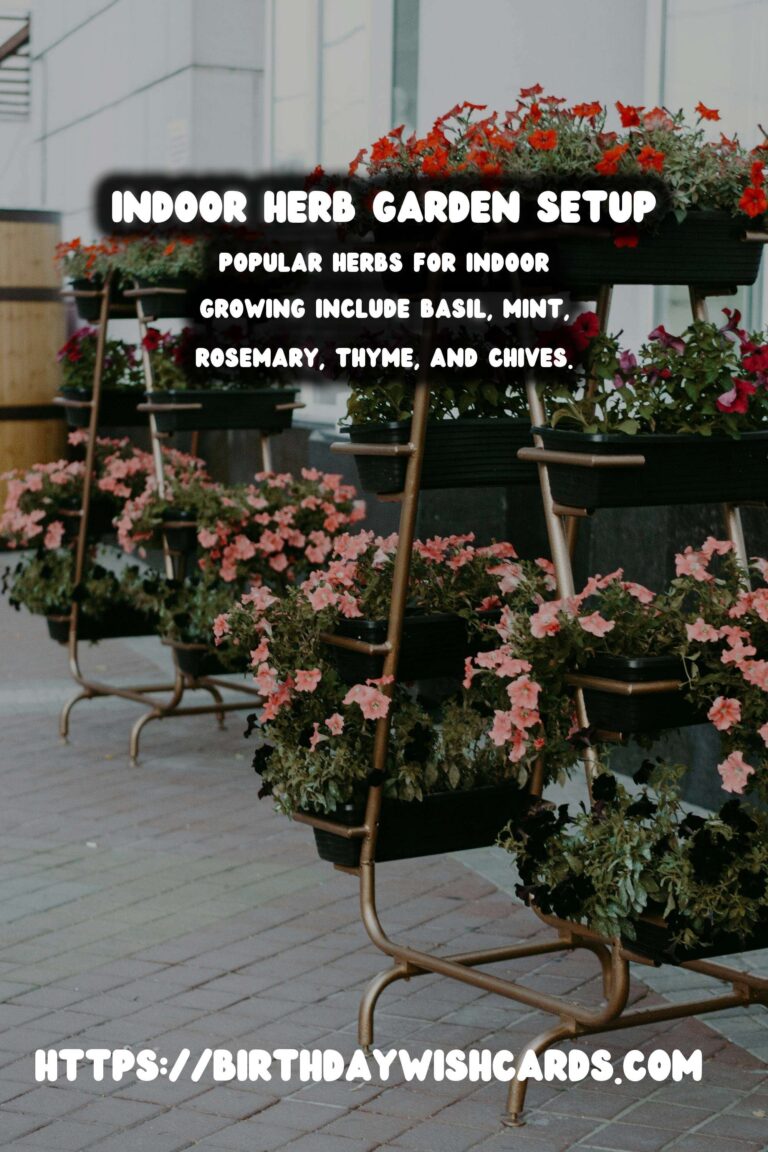
Growing herbs indoors is a rewarding and practical way to ensure a fresh supply of your favorite flavors year-round. Whether you’re a seasoned gardener or a beginner looking to add some green to your home, indoor herb gardening offers a delightful challenge and a bounty of benefits.
Why Grow Herbs Indoors?
Indoor herb gardening allows you to have fresh herbs at your fingertips regardless of the season. It saves money, reduces food waste, and enhances your culinary experiences. Moreover, herbs can improve indoor air quality and add a touch of greenery to your home decor.
Choosing the Right Herbs
Not all herbs thrive indoors, so it’s crucial to choose the right ones. Popular choices for indoor herb gardens include basil, mint, rosemary, thyme, and chives. These herbs are not only easy to grow but also versatile in the kitchen.
Setting Up Your Indoor Herb Garden
Lighting: Herbs require plenty of light to grow. Place them near a south-facing window or use grow lights to provide at least 6-8 hours of light daily.Containers: Use containers with drainage holes to prevent waterlogging. Consider the size of the herb’s root system when selecting the pot.Soil: Use a well-draining potting mix. You can enhance the soil with organic matter to boost nutrient content.
Watering and Fertilizing
Overwatering is a common mistake in indoor gardening. Allow the soil to dry out slightly between waterings. Most herbs prefer slightly moist soil. Fertilize every 4-6 weeks with a balanced liquid fertilizer to ensure healthy growth.
Pest Management
Indoor herbs are not immune to pests. Watch out for aphids, spider mites, and whiteflies. Use natural pest control methods like neem oil or insecticidal soap to keep your herbs healthy.
Harvesting Your Herbs
Regular harvesting encourages growth. Snip herbs in the morning when their essential oils are most potent. Only take what you need to prevent overharvesting and stress on the plant.
Common Challenges and Solutions
Herbs can face challenges like insufficient light, improper watering, and pests. Ensure adequate light, maintain proper watering routines, and monitor for pests to keep your indoor garden thriving.
Seasonal Considerations
While indoor gardening is mostly year-round, consider the seasonal changes in sunlight. Adjust your grow light schedules accordingly during the shorter days of winter.
Conclusion
Growing herbs indoors is an enjoyable activity that brings nature’s flavors into your home. With the right care and attention, you can cultivate a thriving indoor herb garden that provides fresh, aromatic herbs whenever you need them.
Growing herbs indoors is a rewarding and practical way to have fresh herbs year-round. Indoor herb gardening enhances culinary experiences and improves indoor air quality. Popular herbs for indoor growing include basil, mint, rosemary, thyme, and chives. Ensure herbs receive 6-8 hours of light daily and use containers with drainage. Avoid overwatering by allowing the soil to dry out slightly between waterings. Regular harvesting encourages growth and maintains the health of the plant. 
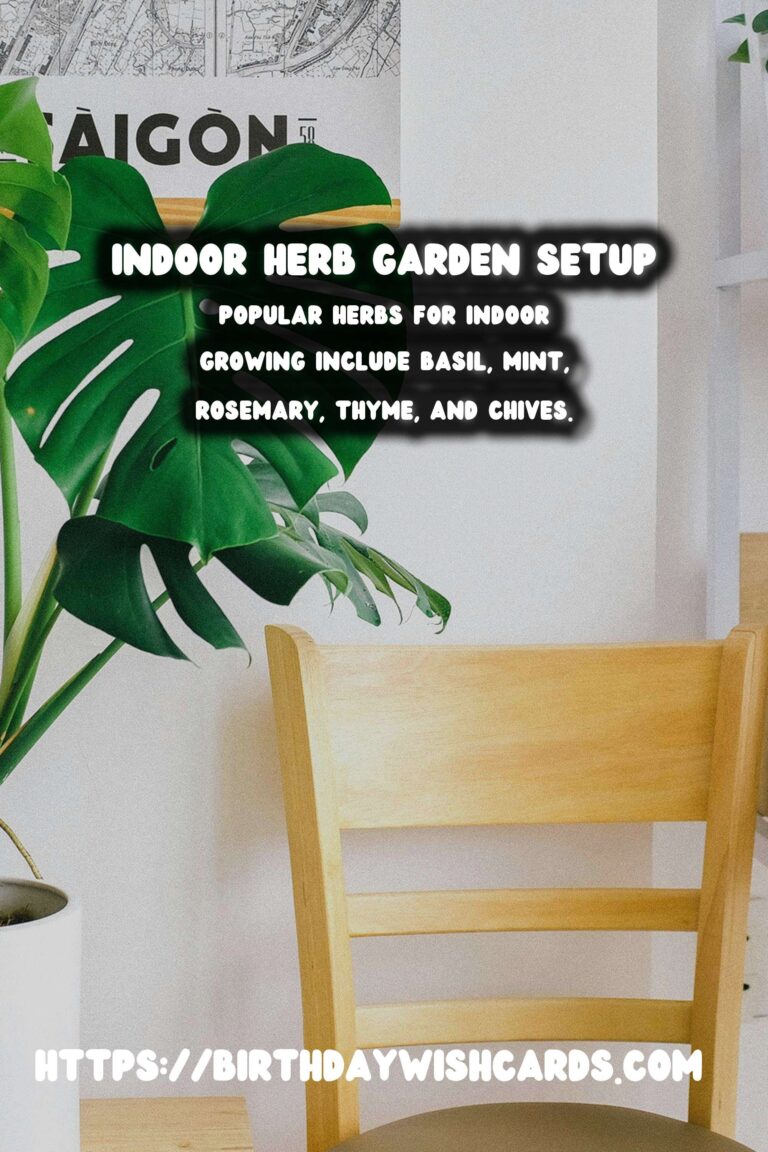
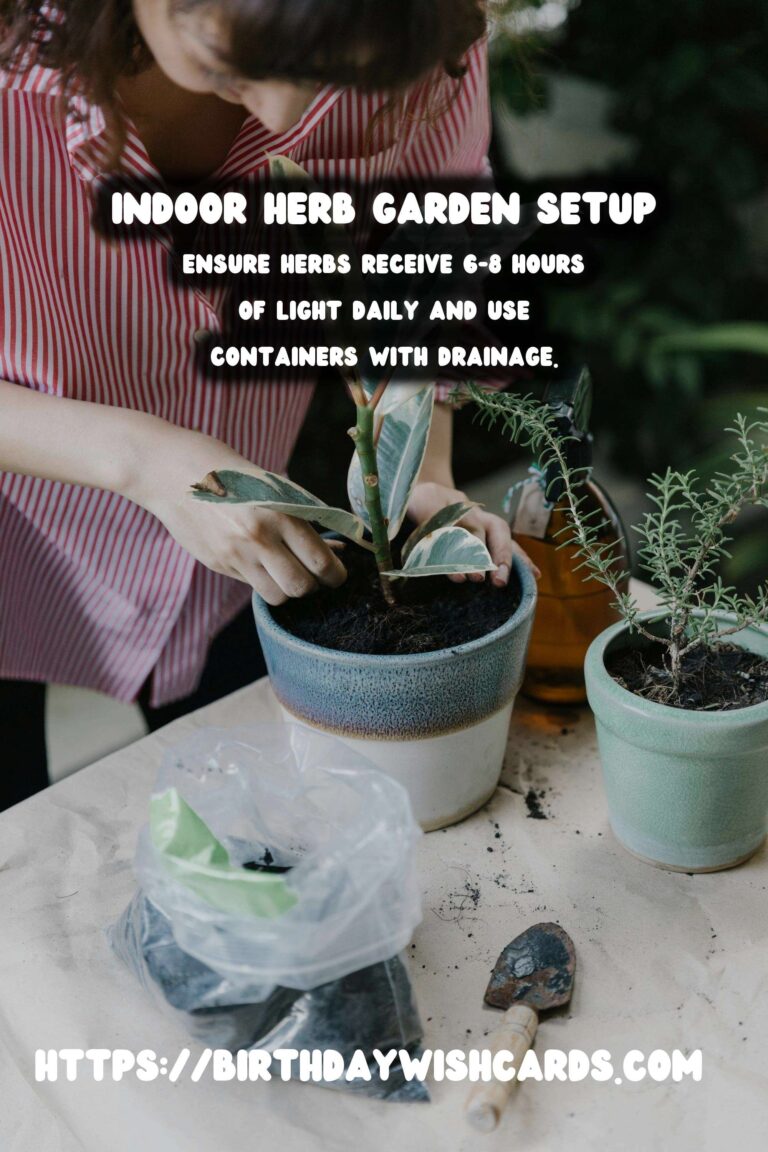
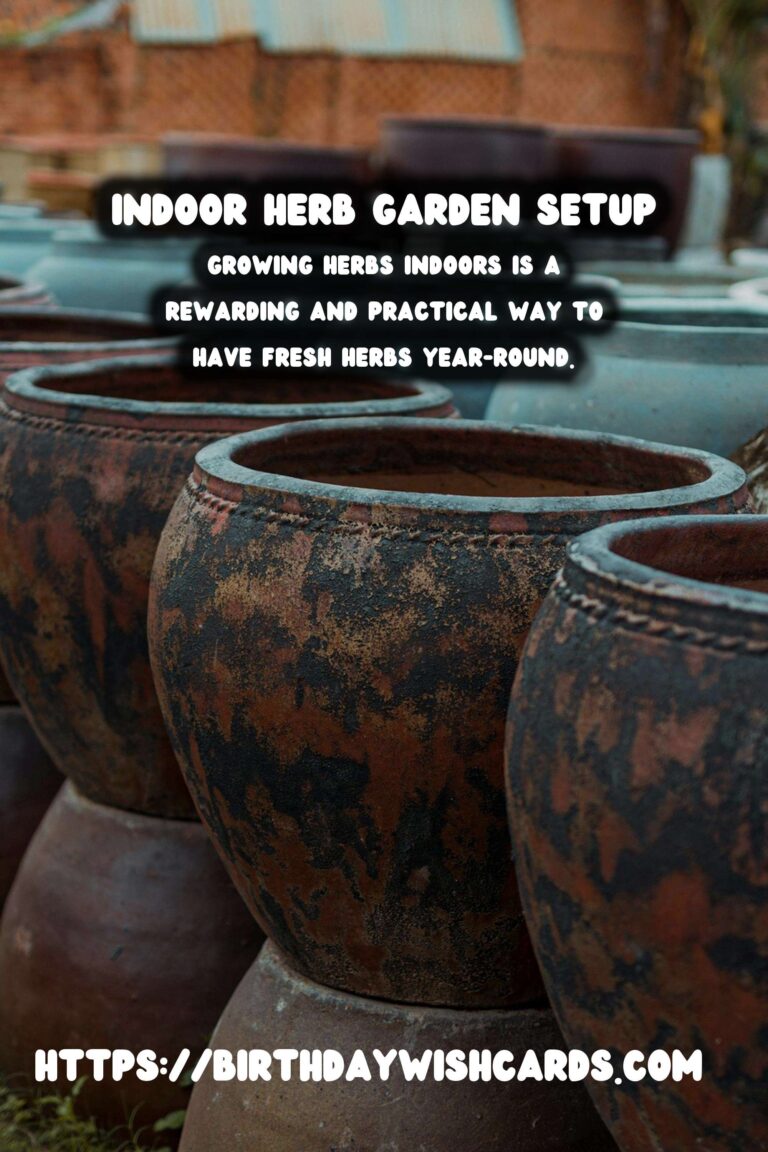
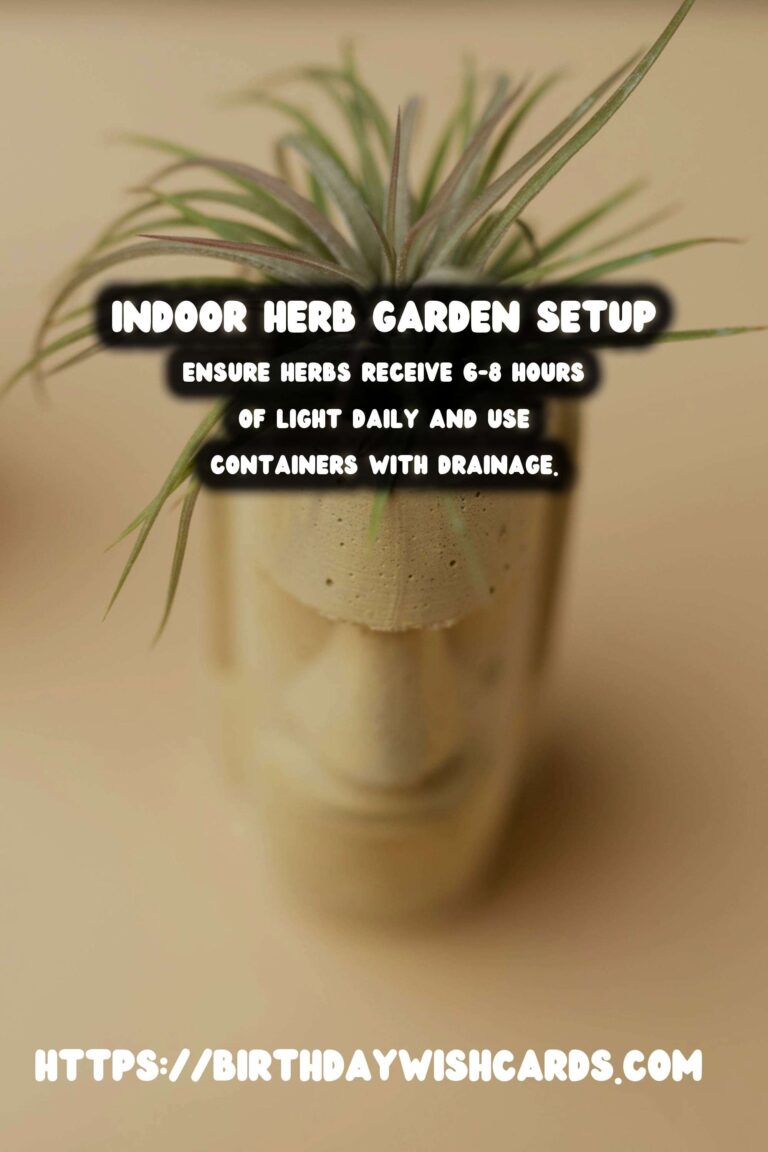

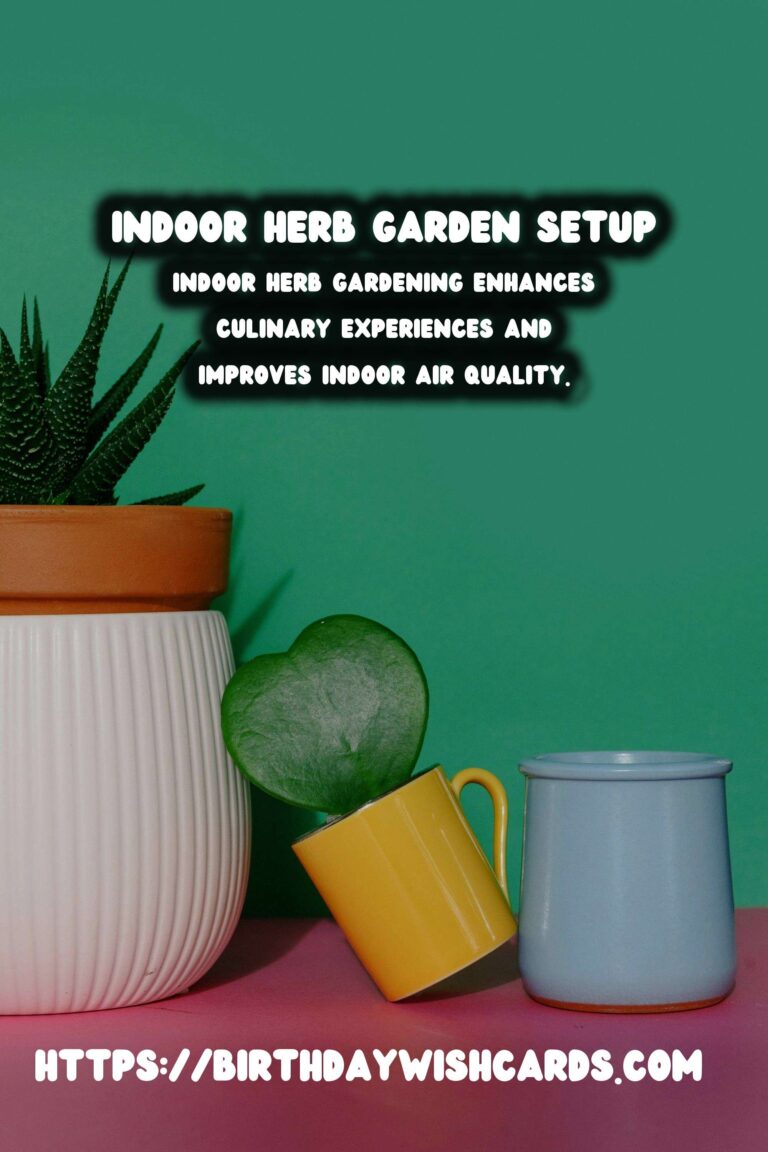
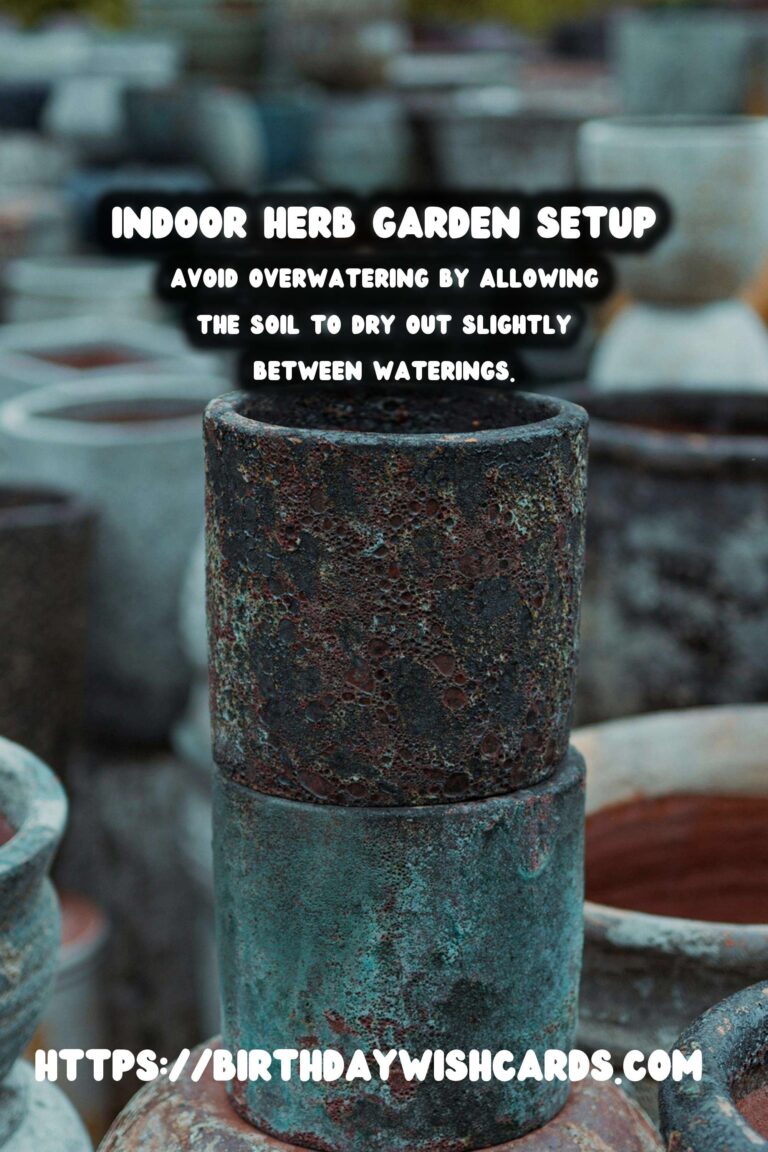
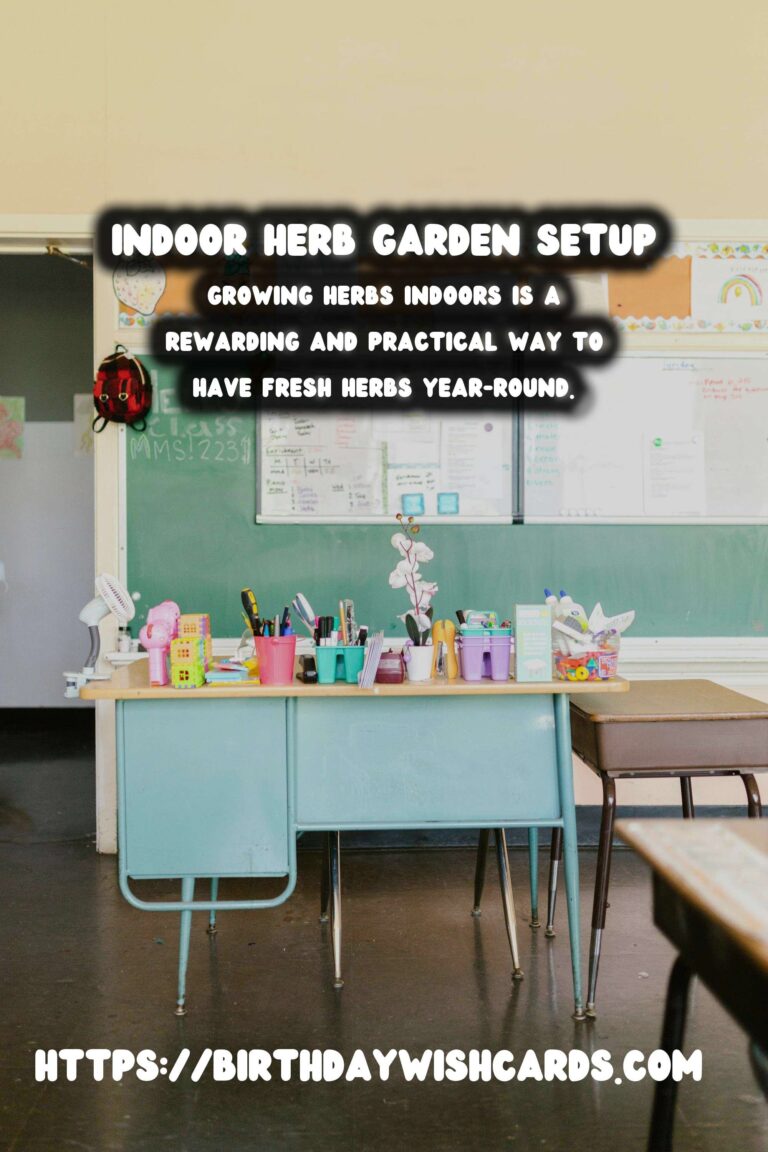
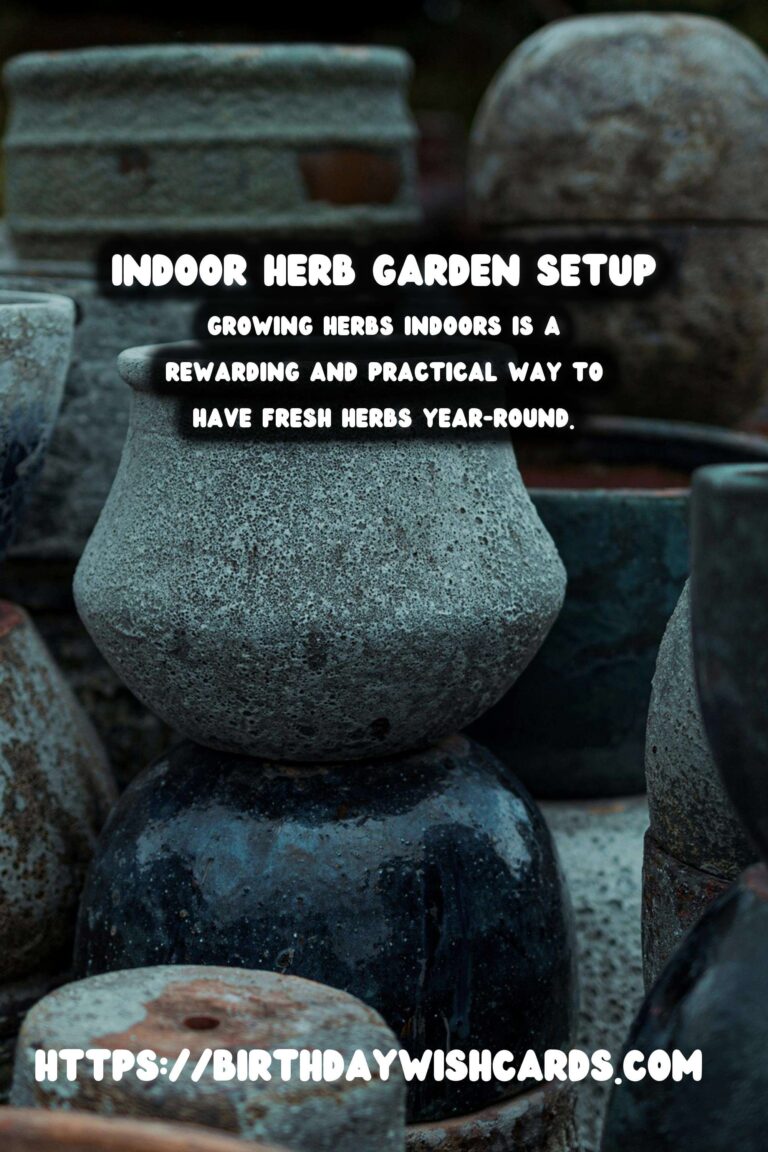
#IndoorGardening #HerbGarden #GardeningTips #HomeGardening #YearRoundHerbs




